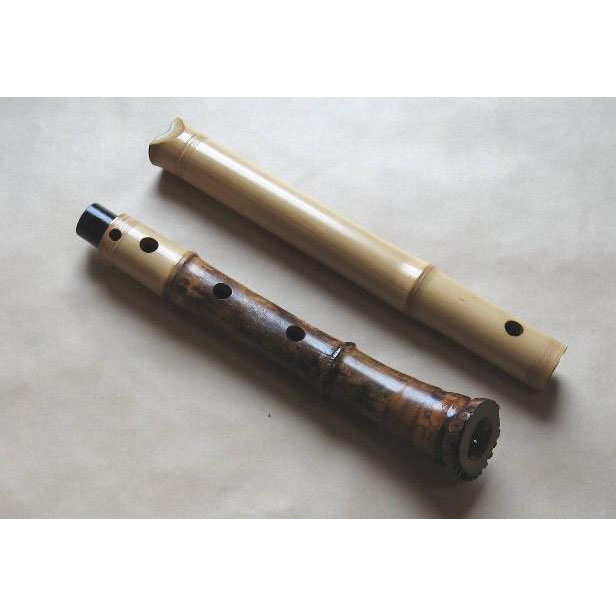chiba overview
 Shakuhachi (pinyin: Chǐ bā), an ancient Chinese traditional musical instrument, was introduced to Japan during the Tang and Song Dynasties. Made of bamboo, with cinnabar mixed with lacquer on the inside to fill the (ground) incision, it is now five holes (the first four and the last one). Vast, but also can show the ethereal, quiet artistic conception.
Shakuhachi (pinyin: Chǐ bā), an ancient Chinese traditional musical instrument, was introduced to Japan during the Tang and Song Dynasties. Made of bamboo, with cinnabar mixed with lacquer on the inside to fill the (ground) incision, it is now five holes (the first four and the last one). Vast, but also can show the ethereal, quiet artistic conception.The ancient shakuhachi was introduced to Japan from the Tang Dynasty in China (Nara period in Japan). The shakuhachi is a vertical blowing instrument, and the shakuhachi used in court music is called the shakuhachi of Yale, and the shakuhachi now generally refers to the popular shakuhachi.
During the Sui and Tang dynasties in China, the shakuhachi became one of the main musical instruments in the court. "New Book of Tang - Biography of Lu Cai": "During the period of Zhenguan (627-649), the filial piety and grandson of the ancestors damaged the musical rhythm, and it was even more difficult to make a decision with the musicians Wang Changtong and Bai Mingda. In the middle, Wang Gui and Wei Weisheng said that they only made chiba, and all twelve pieces were of different lengths, which were in harmony with the rhythm." Because it is one foot eight inches long, it is called the foot eight. It is a kind of ancient flute and flute musical instruments.
Beginning in the Song Dynasty, the folk instruments such as Xiao and Flute gradually replaced the shakuhachi used for court music.
In the Shoso-in of Todaiji Temple in Nara, Japan, there are still eight Tang-style shakuhachi passed down from the Tang Dynasty in my country. One of them is carved with bamboo chiba, 43.7 centimeters long. There is a circular pattern on the edge of each sound hole. The production is very exquisite, the whole body is carved with patterns and the statues of ladies. The first hole is engraved with two women, one is leaning over to pick flowers, the other is standing behind it as a sleeve. Under a hole in the back, there is a lady standing with a fan in her hand, and another woman sitting and playing the pipa. The rest are decorated with flower and bird patterns. In addition, there are jade chiba, tooth chiba, carved stone chiba and birch tape chiba, etc.
The shakuhachi developed into the Song Dynasty and formed the five-hole shakuhachi, which was then passed on to Japan by the Japanese monks sent to the Tang Dynasty at that time. Shen Kuo's "Mengxi Bi Tan" contains: "The flute made by Ma Rong in the later Han Dynasty is hollow and bottomless, with a hole in the upper hole, five holes, and one hole out of its back, just like today's chiba".
With the popularity of shakuhachi in the world and the origin of Japanese shakuhachi in China, all kinds of shakuhachi gradually returned to China.
- Pinyin:Chǐ bā
- timbre:Desolate and vast
- popular area:Japan
- category:wind instrument
overview of other similar instruments
- sanyanxiao overview
- Daguangxian overview
- Leiqin overview
- hahao overview
- yandundagu overview
- Han Xiaozheng overview
- Fang Xiang overview
- guanzi overview
- zhuqin (Dao Qin) overview
- zhuiqin overview
- bangzi overview
- three-stringed piano overview
- Gehu overview
- xiao overview
- xiaokonghou overview
- Konghou overview
- Sheng overview
- suona overview
- hulusi overview
- gushao overview
 渝公网安备 50010702504639号
渝公网安备 50010702504639号